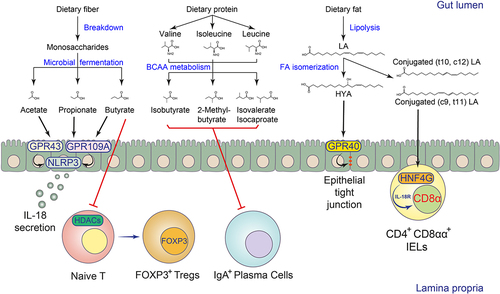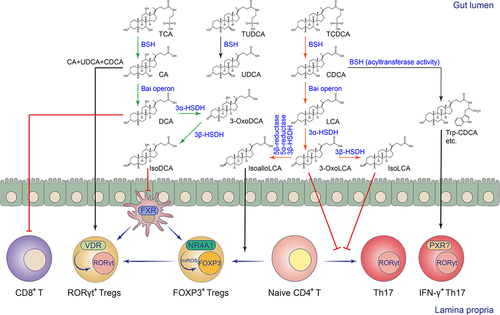Figures & data
Figure 1. Biotransformation and immunomodulation of microbial FAs in the intestine.

Table 1. The gut microbial biotransformation of lipid metabolites.
Table 2. The immunomodulatory functions of microbial lipid metabolites.
Figure 2. Biotransformation and immunomodulation of microbial BAs in the intestine.

